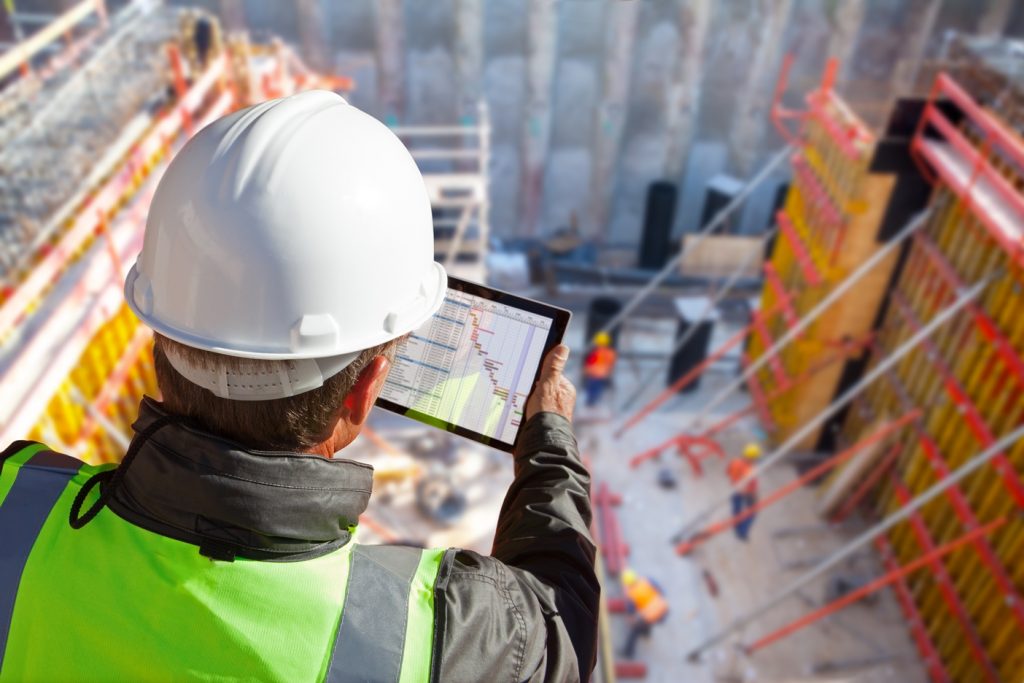IS THE CONSTRUCTION SECTOR TALKING ITSELF OUT OF A SUCCESSFUL RECOVERY?
 Between the obsessive urge to watch 24/7 news coverage, the queues to buy basics at the supermarket and a diary full of zoom calls in lieu of a social life, the world of the COVID-19 pandemic has been pretty-all consuming for months now.
Between the obsessive urge to watch 24/7 news coverage, the queues to buy basics at the supermarket and a diary full of zoom calls in lieu of a social life, the world of the COVID-19 pandemic has been pretty-all consuming for months now.
And when we switch from free-time to working-from-home in the very same space, we’re faced with a diet of more of the same. Everywhere we look, we’re fed little other than slices of what COVID-19 means for one sector or another, how it will affect us, and what we need to do about it.
It’s true; we are all impacted by it, and we do all want to reduce the impact as much as possible. But wallowing in endless analysis won’t help us. The first step towards a positive outcome is to switch from an oh- what-will-become-of-us vibe to a focus on what we can do now to leverage the strengths we’ve always had and make them work for us in the future.
Like everyone else, my life has been disrupted by COVID-19. Three months in, however, what I’m suffering from most is COVID-fatigue.
Let me be clear about what I mean by that. My sympathy for those that have been directly affected by the awful virus that’s swept across the world has not dissipated. I am still saddened every day by the figures of lives lost and the wider networks of grief and suffering behind them. I’m also inspired and grateful for the NHS staff and key workers that have worked so hard under such onerous circumstances.
My commitment to ‘staying alert’ hasn’t declined either. I’m still working from home and limiting any contact with others; it’s not getting any easier, but it’s a small sacrifice in the grand scheme of things.
 From left, Jo, Clare and Colette staying very alert and our passion is as strong as ever!
From left, Jo, Clare and Colette staying very alert and our passion is as strong as ever!
When I talk about COVID-fatigue what I mean is that I’m fatigued by the constant focus on the pandemic and what it means for business. At a time when we should be planning, celebrating resilience and banging the drum for what we can bring to the recovery, we’re in danger of talking ourselves into the doldrums and pulling the ladder up behind us.
This is not about spin; it’s about positivity. We can choose to wallow in the way COVID-19 has driven a juggernaut through business planning and forecasts, or we can look at the damage and work out how we can fix it. We can either be an Eeyore, or a Tigger.
Clearly, fixing things will be less arduous for some businesses than for others. We can’t just snap our fingers and wake up later when the economy has recovered. However, as the philosopher Lao Tzu said, ‘a journey of a thousand miles begins with a single step.’ In this case, the first step is to stop focusing on what COVID-19 has done to business and start looking at what assets we have to rebuild and regain commercial advantage.
 Communication is key. While companies are, quite naturally, looking at their overheads and identifying opportunities for streamlining, marketing is more important now than ever and should top the list of business-critical expenditure. Not only do companies need to differentiate and build profile, but they also need to drive value from brand loyalty, track record and reputation. Only by creating a clear, consistent and sustainable narrative across marketing channels can businesses do this and inspire confidence in what happens next for both their customers and their team.
Communication is key. While companies are, quite naturally, looking at their overheads and identifying opportunities for streamlining, marketing is more important now than ever and should top the list of business-critical expenditure. Not only do companies need to differentiate and build profile, but they also need to drive value from brand loyalty, track record and reputation. Only by creating a clear, consistent and sustainable narrative across marketing channels can businesses do this and inspire confidence in what happens next for both their customers and their team.
It’s been a rollercoaster of a year and we’re not even half way through yet. Like any rollercoaster, however, after every dramatic drop, there is a rise. Now is the time to rise.